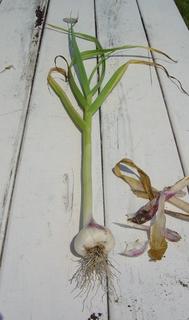
tassels in the morning

Pullin' weeds and pickin' stones We are made of dreams and bones Need a place to grow my own 'Cause the time is close at hand ~ David Mallet
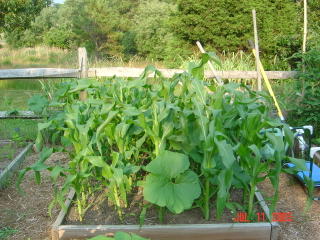 I KNEW that each kernel was created by a pollinated silk, but my old tassel to tassel paradigm hadn’t budged. Once I got it straight that the tassels need to reach the silks, I cut back the obstructing blue hubbard squash leaves … and just in the nick of time.
I KNEW that each kernel was created by a pollinated silk, but my old tassel to tassel paradigm hadn’t budged. Once I got it straight that the tassels need to reach the silks, I cut back the obstructing blue hubbard squash leaves … and just in the nick of time.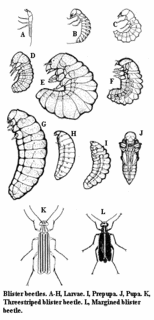 Just when I thought I could turn on the auto-pilot along comes a new garden pest. I found the first ones in the flower bed and mistook it for a lost squash bug. I seem to have dealt handily with the squash bugs on Tuesday removing them AND their egg cases from all of the zucchini plants.
Just when I thought I could turn on the auto-pilot along comes a new garden pest. I found the first ones in the flower bed and mistook it for a lost squash bug. I seem to have dealt handily with the squash bugs on Tuesday removing them AND their egg cases from all of the zucchini plants.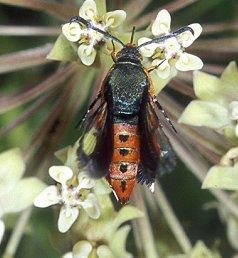
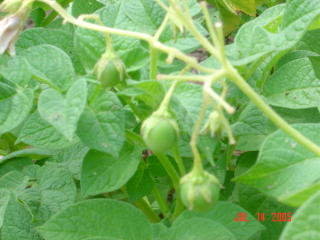 A new mystery confronted me the other morning. There on my potato plants where the flowers had been were little fruit! A quick internet search revealed that my little discovery is the stuff of research grants. Here is a commentary from a geneticist at Cornell.
A new mystery confronted me the other morning. There on my potato plants where the flowers had been were little fruit! A quick internet search revealed that my little discovery is the stuff of research grants. Here is a commentary from a geneticist at Cornell. As the rain bore down on our embattled island yesterday morning I had to think quickly about how to deal with the garlic crop. The soft necks were very close to harvest. The ophios need another week. More rain will only further damage the crop making it susceptible to mold. In a soft mist I harvested about half of the soft necks. I then covered the “contenders” (these would be the ophios I think have the best chance of winning a ribbon at the fair) in plastic trash bags in the hope that they would stay dry during the rain fall.
As the rain bore down on our embattled island yesterday morning I had to think quickly about how to deal with the garlic crop. The soft necks were very close to harvest. The ophios need another week. More rain will only further damage the crop making it susceptible to mold. In a soft mist I harvested about half of the soft necks. I then covered the “contenders” (these would be the ophios I think have the best chance of winning a ribbon at the fair) in plastic trash bags in the hope that they would stay dry during the rain fall.